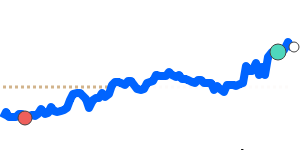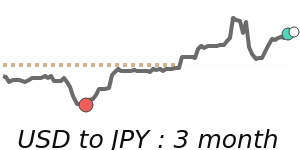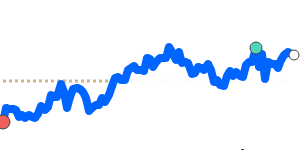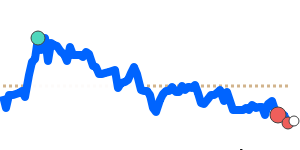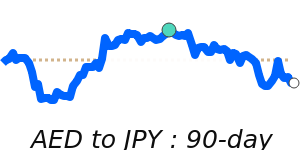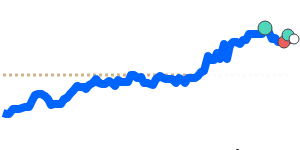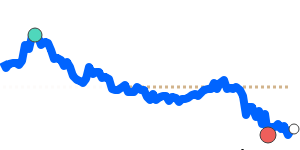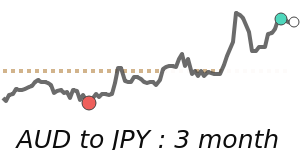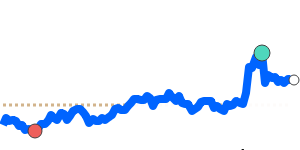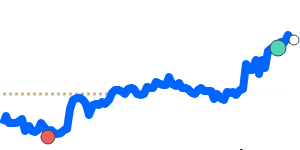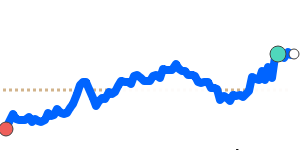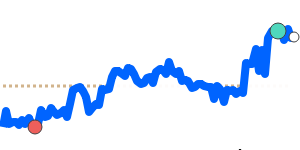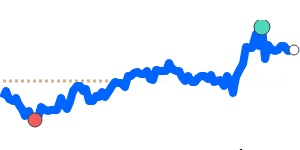The Japanese Yen (JPY) continues to face significant challenges, primarily stemming from a divergence in monetary policy and recent political developments. Analysts note that the Bank of Japan (BOJ) maintains a cautious approach to interest rate hikes, with 10-year government bond yields hovering around 1.6%. In contrast, the U.S. 10-year Treasury yield stands near 4.1%, creating a substantial yield differential that places continued pressure on the yen.
Moreover, the election of Sanae Takaichi as Japan's first female prime minister has led to expectations of expansionary fiscal policies. This political shift is anticipated to exacerbate the yen's depreciation as the new administration prepares a comprehensive economic package aimed at supporting households, likely resulting in an increase in government debt. According to experts, these fiscal stimulus plans have contributed to the yen's current weakness.
Recent data shows that the JPY to USD exchange rate is currently at 0.006352, which is 4.4% below its three-month average of 0.006642. This rate has traded within a relatively stable range of 7.6%, indicating fluctuations between 0.006346 and 0.006827. Additionally, the JPY to EUR and JPY to GBP pairs are also underperforming, with the JPY to EUR at 0.005506, 3.3% below its three-month average of 0.005698, while the JPY to GBP sits at 0.004855, 2.3% sub-par compared to its average.
Concerns about foreign exchange volatility have prompted Japan to urge G7 members to remain vigilant in addressing excessive movements in currency markets. This sentiment reflects ongoing anxieties surrounding the yen's rapid decline, as market stability becomes increasingly crucial for the Japanese economy. Understanding these dynamics is vital for individuals and businesses engaged in international transactions, as they affect both costs and decision-making regarding currency exposure.
